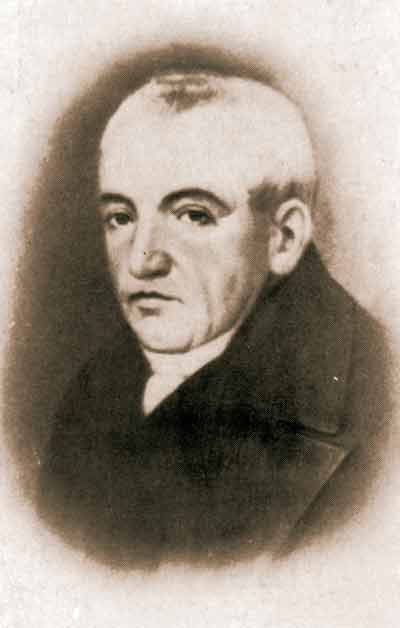
Petru Maior
Petru Maior was born in Tîrgu-Mureș in a traditionally Greek-Catholic family; his father, Gheorghe Maior, was priest and arch-priest of Iclandu Mare. His year of birth is not recorded, and it was estimated to be between 1743 and 1761. Most opinions converge to the year 1760. He spent his childhood and attended primary school in Capușul de Câmpie where the Maior family moved shortly after his birth. Petru Maior was an important exponent of the Romanian intellectuals of Transylvania, a member of the Transylvanian School («școala Ardeleana»), an active supporter of the rights of Romanian Transylvanians. He drew up, together with Samuil Micu and Gheorghe șincai, the Supplex Libellus Valachorum, the document that founded the Romanians”™ social and political emancipation. His connections to Tîrgu-Mureș date to his middle school years that he spent here between 1769 and 1772. He continued his tuition in Blaj, an important Greek Catholic academic center, then at the De Propaganda Fide college which he attended with Gheorghe șincai. In Rome he studied philosophy and theology between 1774 and 1779, and completed his studies at the Law School of Vienna. Upon his return, Maior began teaching logic, metaphysics and natural law at the Gymnasium of Blaj. In this period of time (1780-1785) he visited Tîrgu- Mureș twice to give speeches to the local Romanians. Between 1785 and 1809 Petru Maior served as priest in Reghin and as arch-priest of Gurghiu. He contributed to the building of new churches, supported Romanian rural schools and acted as mediator between the Romanians of Greek Catholic and Orthodox faith. He chose to be directly and personally involved in the problems of the Romanians in the area of the upper Mureș and promoted education through culture and Christian moral as a solution to these. In 1809 he left for Budapest to work as proof reader and censor of Romanian books printed there. He passed away in Budapest in 1821. Petru Maior”™s polyvalence and erudition were illustrated in his books. His first work was the Procanonu in which he approaches issues regarding the Greek Catholic faith and uses them as a starting point to express pre-modern political ideas. As a historian, his most remarkable work is the History for the Beginnings of the Romanians in Dachia, published in 1812. It includes an ample thesis on the Dacian and Roman origins of the Romanians on the territory of the former Dacia. The Lexicon of Buda, even though unfinished, crowns Petru Maior's activity as philologist, whereas The History of the Churches of Romanians, both of those on this side and on the other side of the Danube, reflects his qualities of theologian, as well as historian. Bibliography: Traian Popa, Monografia orașului Tîrgu-Mureș, Fundația Culturală "Vasile Netea", 2005 (prima ediție 1932), pp. 277-279. Melinte șerban, Cultura mureșeană în memoria cărților, Ed. Ardealul, Tîrgu-Mureș, 2006, pp. 25-48.

